Fort Canning Hill Today
Today, Fort Canning Hill is more than a hilltop park with nine historical gardens. It is also a gateway to the history of Singapore as well as a venue for celebrations and recreational activities. This remarkable transformation is due to introduction of a number of land use initiatives, particularly the Master Plan for the Civic and Cultural District in 1988.
Becoming Today’s Fort Canning Hill
Introduced in 1988, the Master Plan for the Civic and Cultural District transformed Fort Canning Hill into a venue for history as well as concerts, theatre productions and celebratory festivals.
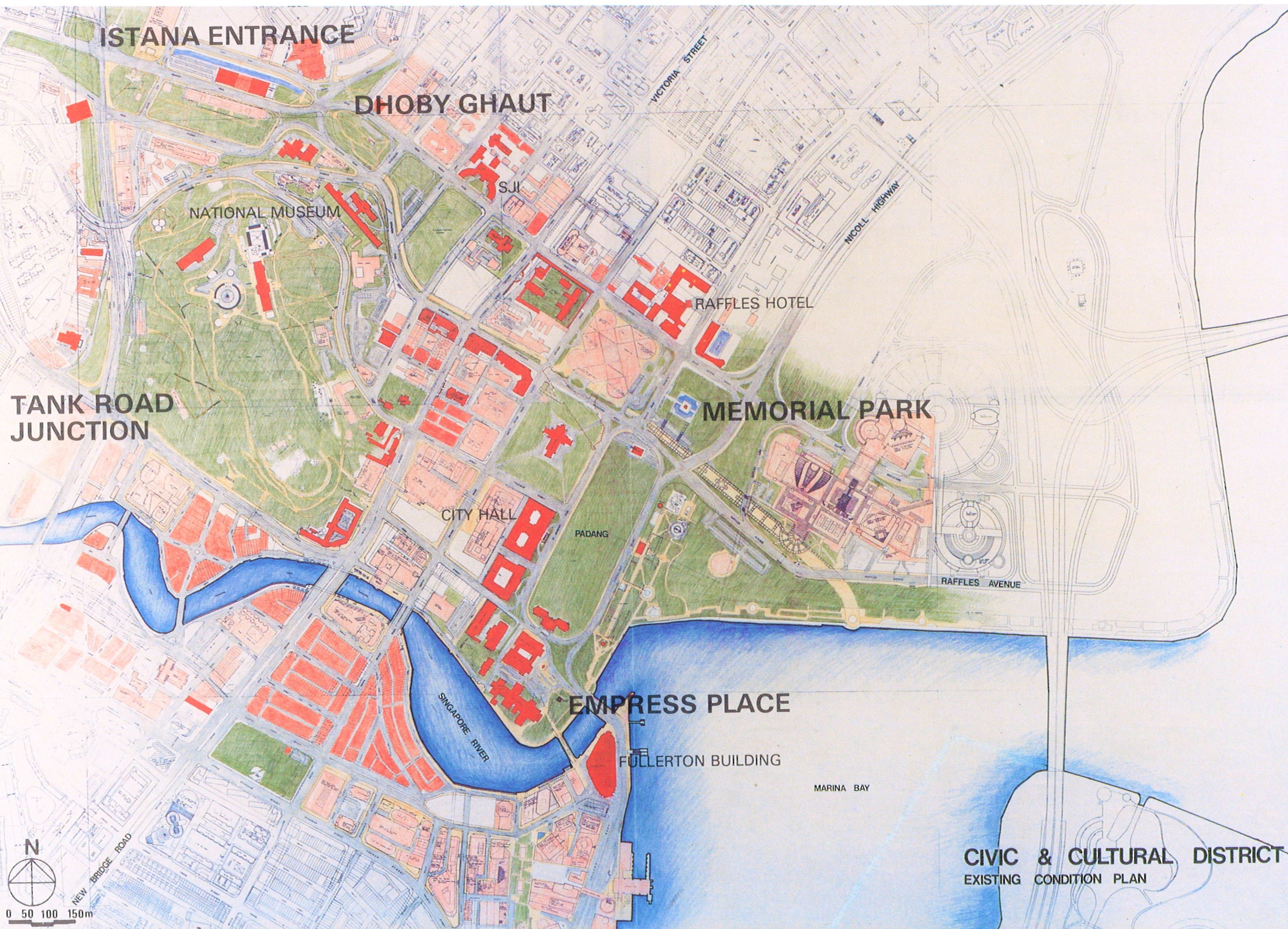 |
| Following the release of the 1986 Conservation Master Plan, A Master Plan for the Civic and Cultural District (Call no.: RSING 711.57095957 MAS; also available in BookSG) was published in 1988. It provided guidance for the revitalisation of the historic area that housed the most important colonial government buildings such as the Supreme Court and City Hall. Bounded by the Singapore River, Clemenceau Avenue, Orchard Road, Bras Basah Road and Esplanade Park as shown in the plan above which is taken from A Master Plan for the Civic and Cultural District (p. 12), the 105-hectare area also included Fort Canning Hill. (Image Credit: Urban Redevelopment Authority) |
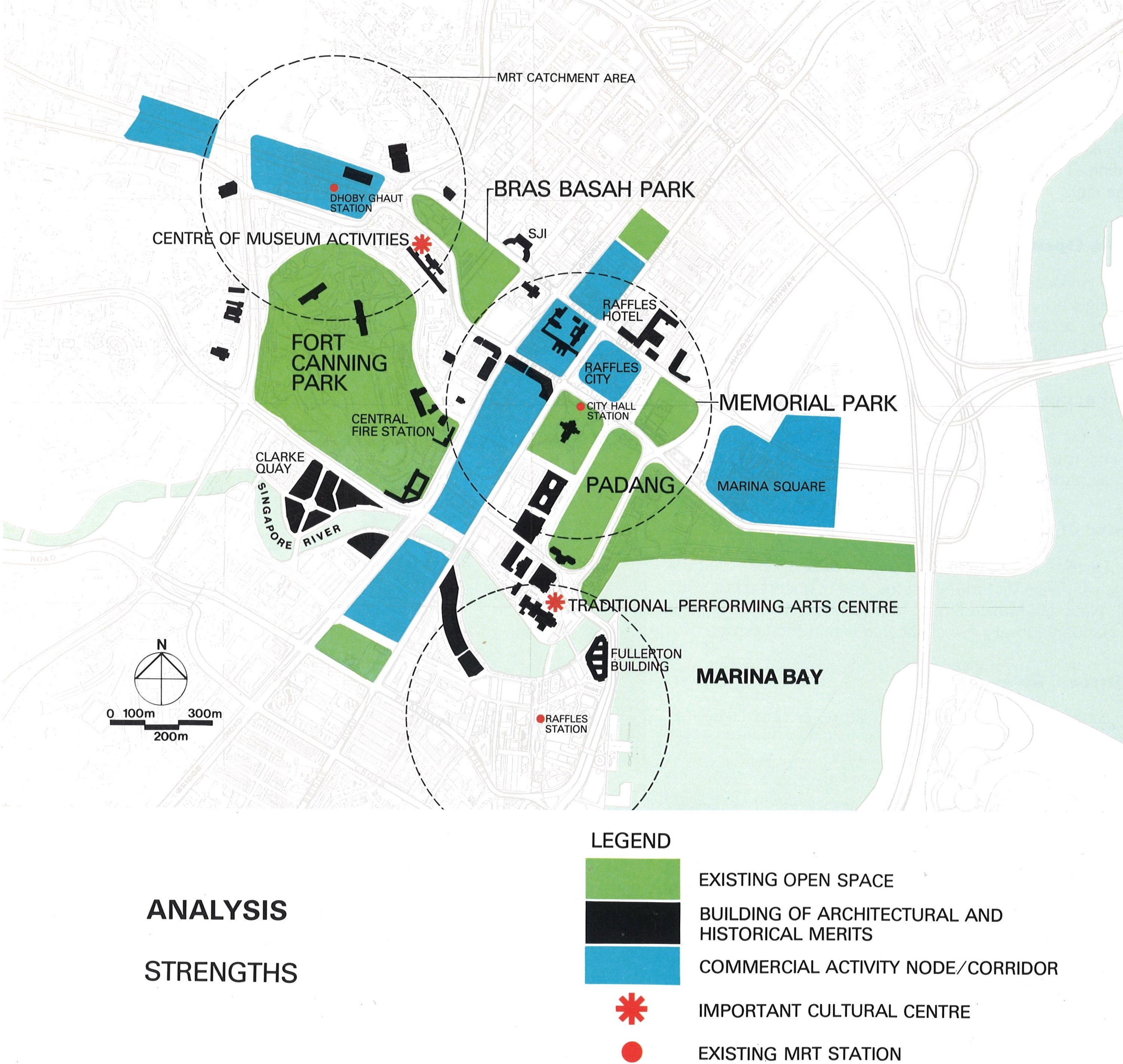 |
| The comprehensive land use review was to enhance and revitalise the distinctive historical qualities of the area by enhancing the Civic and Cultural District’s relationship with adjacent areas such as Orchard Road, Marina Bay and the Singapore River as shown in the plan above which is taken from A Master Plan for the Civic and Cultural District (Call no.: RSING 711.57095957 MAS; also available in BookSG) (p. 6). It also aimed to transform the area into a place of culture and heritage. To do so, key cultural amenities were built up in the district over time, including several public museums housed within historic buildings such as the Singapore Art Museum, and modern cultural icons like the Esplanade Theatres. Similarly, Fort Canning Hill is now a public venue that showcases the nation’s history and plays host to performances and events. (Image Credit: Urban Redevelopment Authority) |
 |
| In 2019, to commemorate Singapore’s bicentennial celebrations, the showcase “From Singapore to Singaporean: The Bicentennial Experience” was launched at Fort Canning Centre. This year-long event told the history of Singapore before and after the arrival of the British in 1819. It featured a comprehensive gallery that included an indoor cinematic journey “Time Traveller”, which began with the story of the country’s evolution in the 500 years before the arrival of the British in 1819, and an outdoor exploratory trail “Pathfinder”, which featured eight interactive pavilions and installations. (Image Source: From Singapore to Singaporean: The Bicentennial Experience: Guide) |
The Nine Gardens of Fort Canning Park
Today, Fort Canning Hill continues to be a place of learning and celebration. Following an enhancement to restore the rich history of the hill, Fort Canning Park now has nine historical gardens – the Pancur Larangan, Artisan’s Garden, Sang Nila Utama Garden, Jubilee Park, Raffles Garden, First Botanic Garden, Farquhar Garden, Spice Garden and Armenian Street Park. Built between 2018 and 2019 to commemorate Singapore’s bicentennial, these gardens provide visitors with a look into the island’s past through nature and archaeological discoveries.
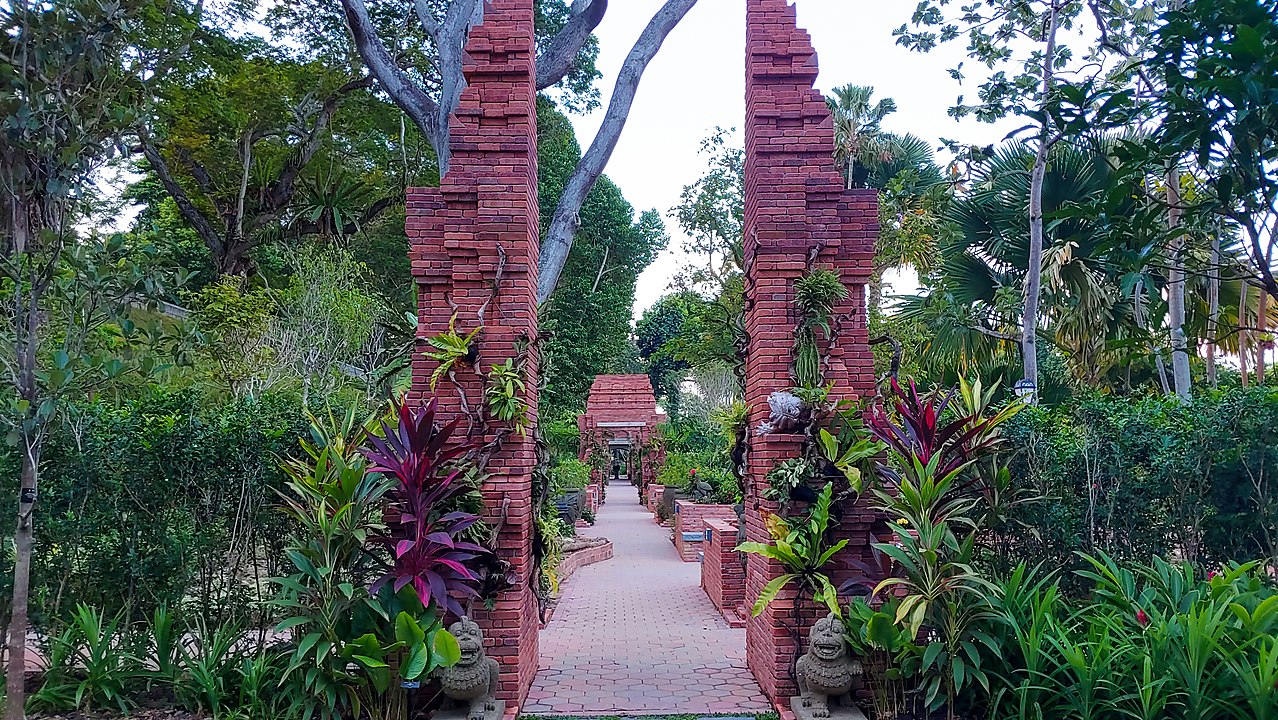 |
| Sang Nila Utama Garden - Named after the first king of early Singapore, Sang Nila Utama Garden is designed to evoke the atmosphere of Southeast Asian gardens from the 14th century. The garden’s features are typical of these early gardens, including a symmetrical layout, Javanese split gates that designate different zones or realms, reflective pools, and statues of frogs, fish, and ducks. In addition, the garden features ornamental and perfumed plants such as magnolias, ixoras, gardenias, and vallaris, which were significant in ancient Javanese culture. The image above shows the entrance into the Sang Nila Utama Garden. (Image Credit: Photo by ScribblingGeek via Wikicommons) |
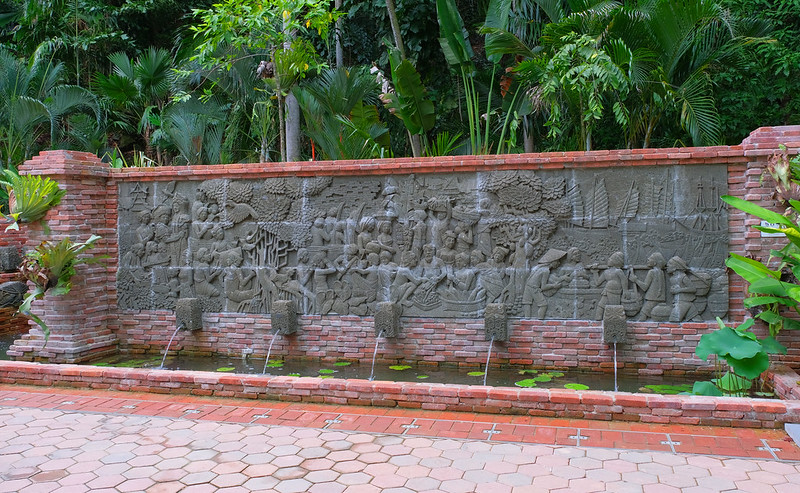 |
| Pancur Lanrangan - Comprising a water feature and stone murals, this garden is named after the “Forbidden Spring” (or “Pancur Larangan”). Believed to have been used by the women of the royal household for bathing, this garden highlights the significance of water to the Fort Canning site in the past. (Image Credit: Photo by Geoff Whalan via Flickr) |
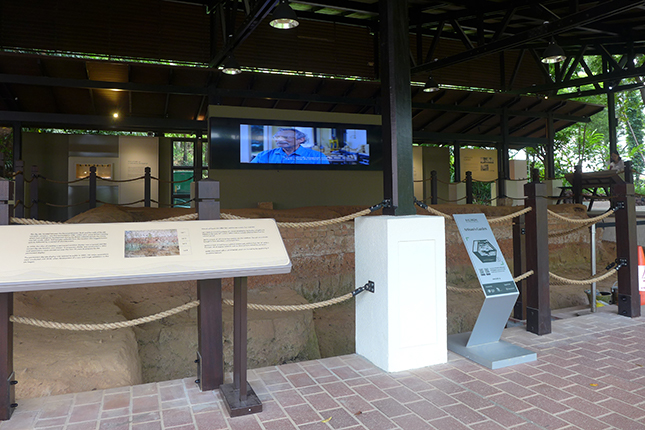 |
| Artisan’s Garden - Located at one of the sites where archaeological digs of Fort Canning Hill were carried out, this garden showcases some of the porcelain, earthenware, and stoneware that were uncovered since the 1980s, providing visitors with a unique opportunity to learn about Singapore’s rich history. It also has spaces for visitors to learn about the archaeological excavations and their findings. (Image Credit: Courtesy of the National Museum of Singapore, National Heritage Board) |
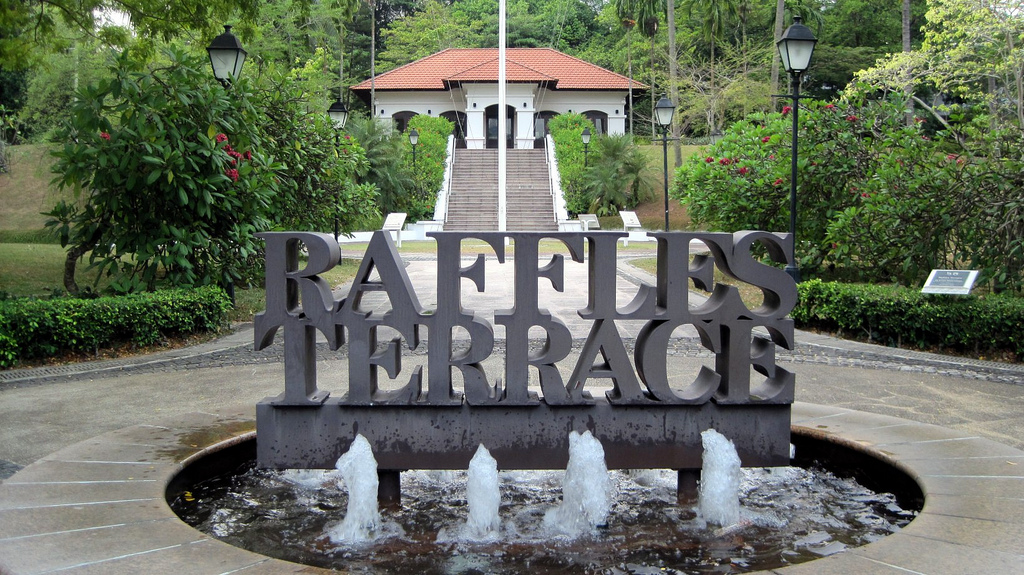 |
| Raffles Garden - Located at the foot of Raffles House, this garden is named after Sir Stamford Raffles. It showcases the diverse plant species that he encountered in Southeast Asia. Besides being an administrator, Raffles was also a keen naturalist and this garden recognises this side of him by featuring plants that he had come across or introduced to Singapore, as well as those named after him or the naturalists he had worked with. Some of the plants that can be found in this garden include Raffles’s Pitcher Plant, Scorpion Orchid, Tandok-tandok, Kock’s Bauhinia, Rose Myrtle, Sea Holly and Palas. (Image Credit: Photo by Roberto Arias via Flickr) |
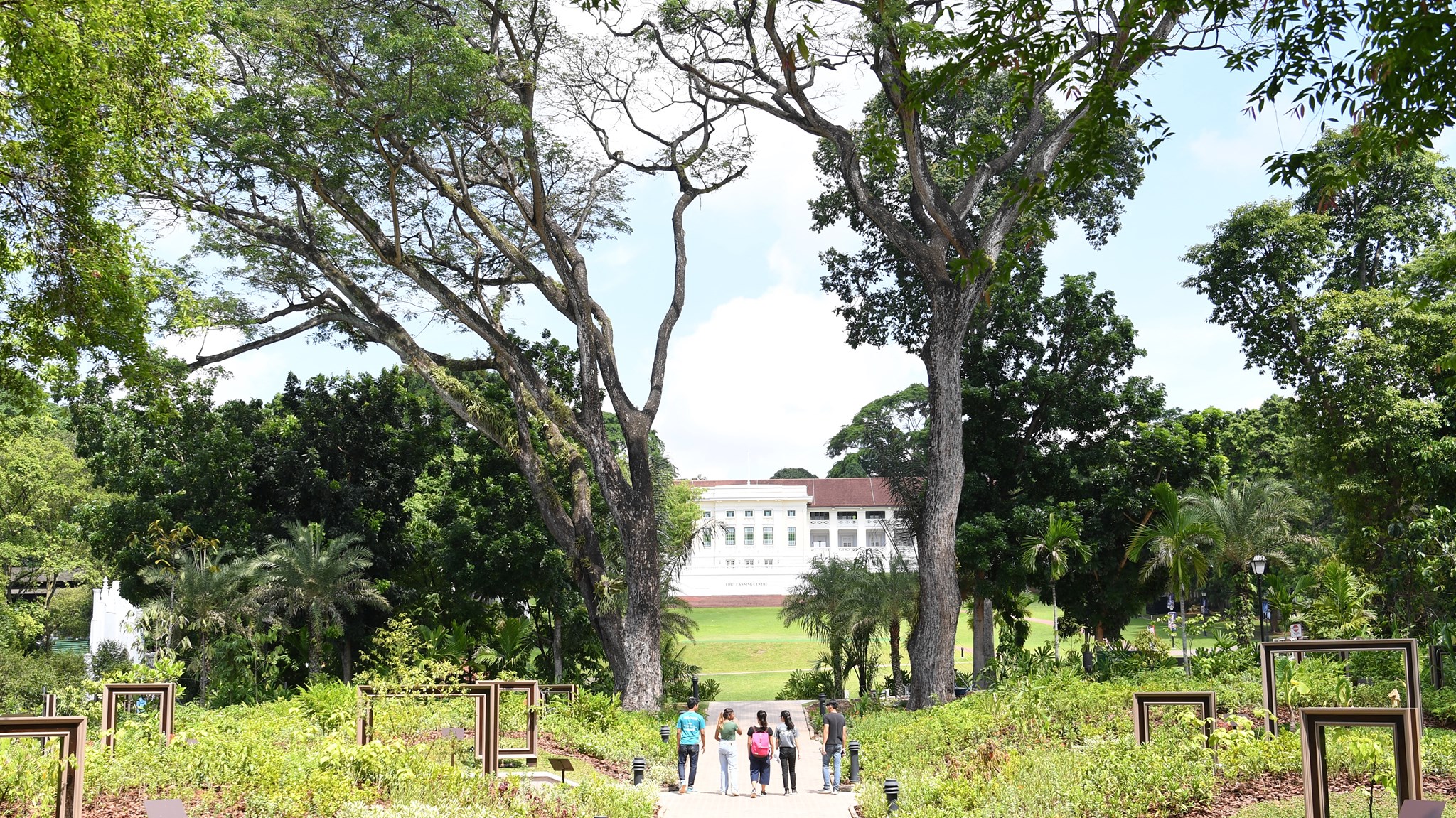 |
| Farquhar Garden - The Farquhar Garden is named after Major-General William Farquhar, the first British Resident and Commandant of Singapore. A keen naturalist, Farquhar commissioned and compiled natural history drawings of the wildlife he had encountered in the Malay Peninsula. In this garden, visitors can explore these drawings as it includes a gallery containing watercolour paintings from the William Farquhar Collection of Natural History Drawings. The drawings feature plants that were important in the early agronomy of Singapore, such as gambier, coffee, sugarcane, taro, screwpine, and common red-stemmed fig. (Image Credit: Photo by NParks via NParks Facebook) |
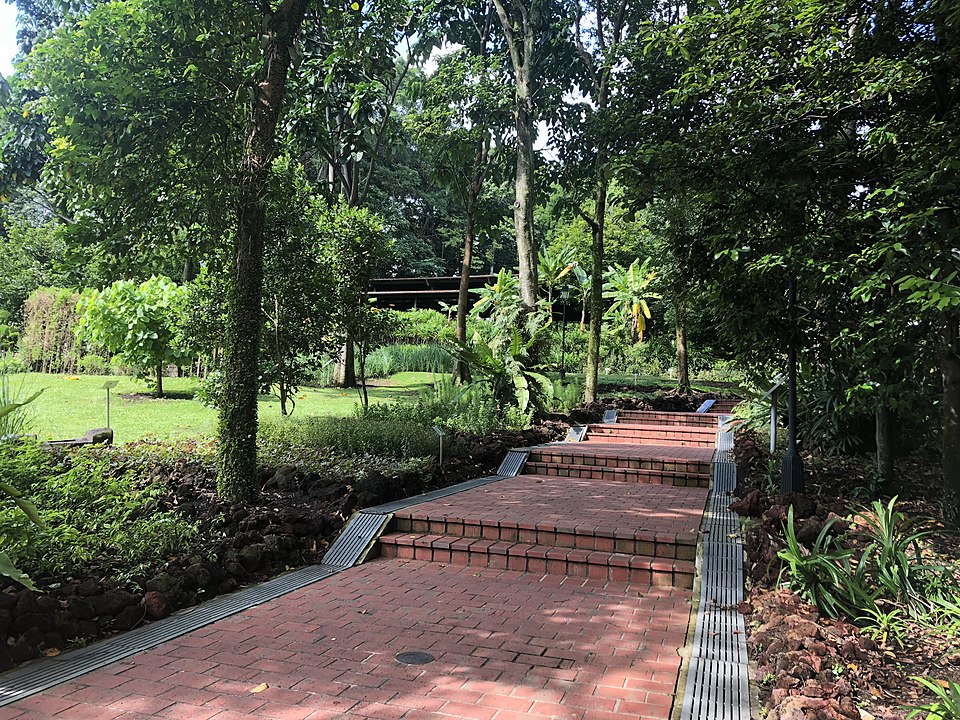 |
| Spice Garden - Raffles started a spice plantation at Fort Canning in 1819 which proved successful and was the inspiration for Singapore’s first botanical garden. This Spice Garden captures the spirit of his endeavour by incorporating three zones including a Spice Gallery. It features more than 180 varieties of plants, such as spice trees and herbs. (Image Credit: Photo by Bjoertvedt via Wikicommons) |
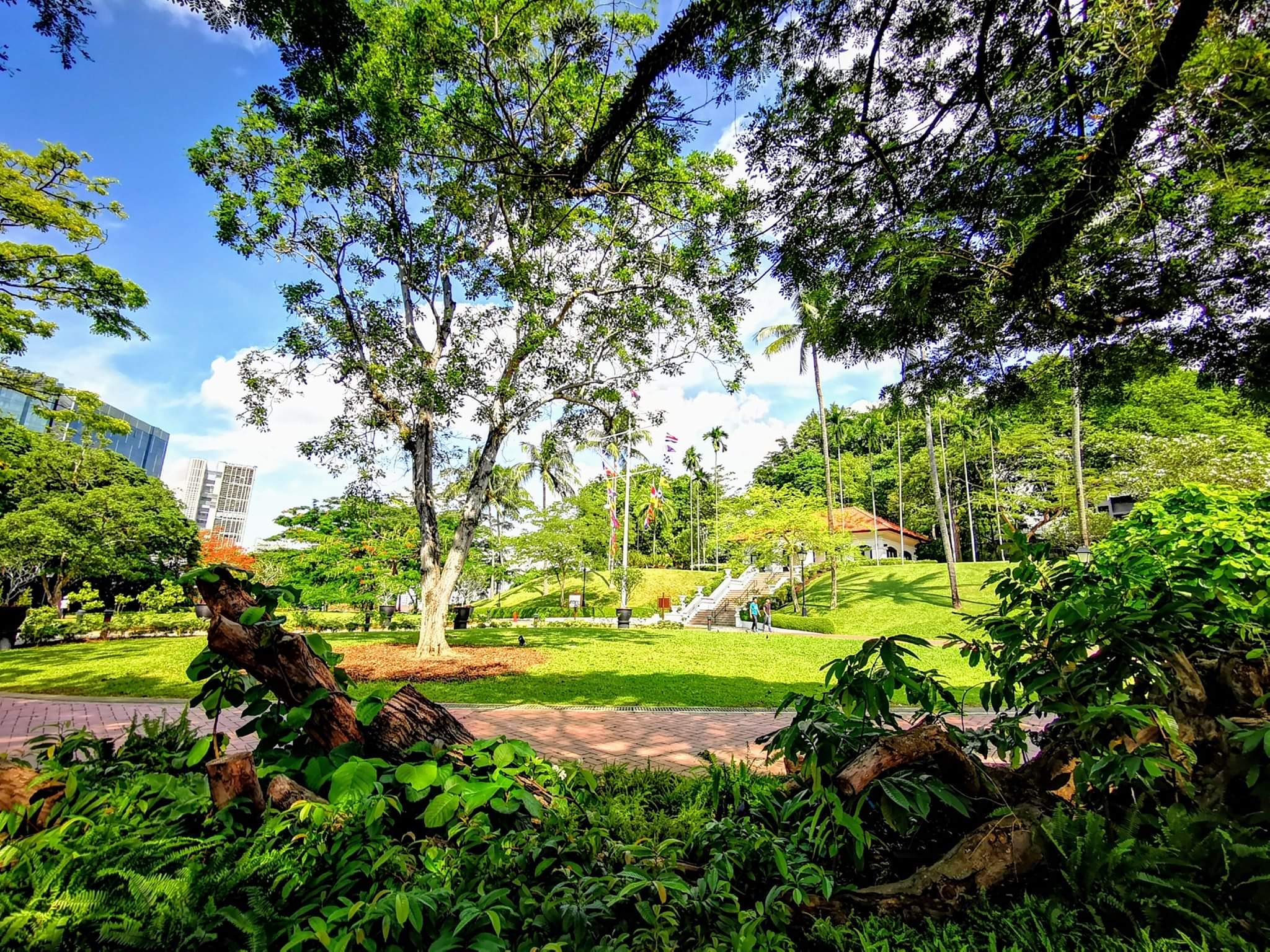 |
| First Botanic Garden - To mark the existence of the original and Singapore’s first botanic garden on the eastern slope the hill, this garden showcases spices that were introduced to Singapore between the 1820s and 1840s such as clove and nutmeg. Trees and shrubs have also been planted along Hill Street, Victoria Street, Bras Basah Road, Handy Road and Canning Rise, forming the boundaries of the original Botanic Garden. (Image Credit: Photo by NParks via NParks Facebook) |
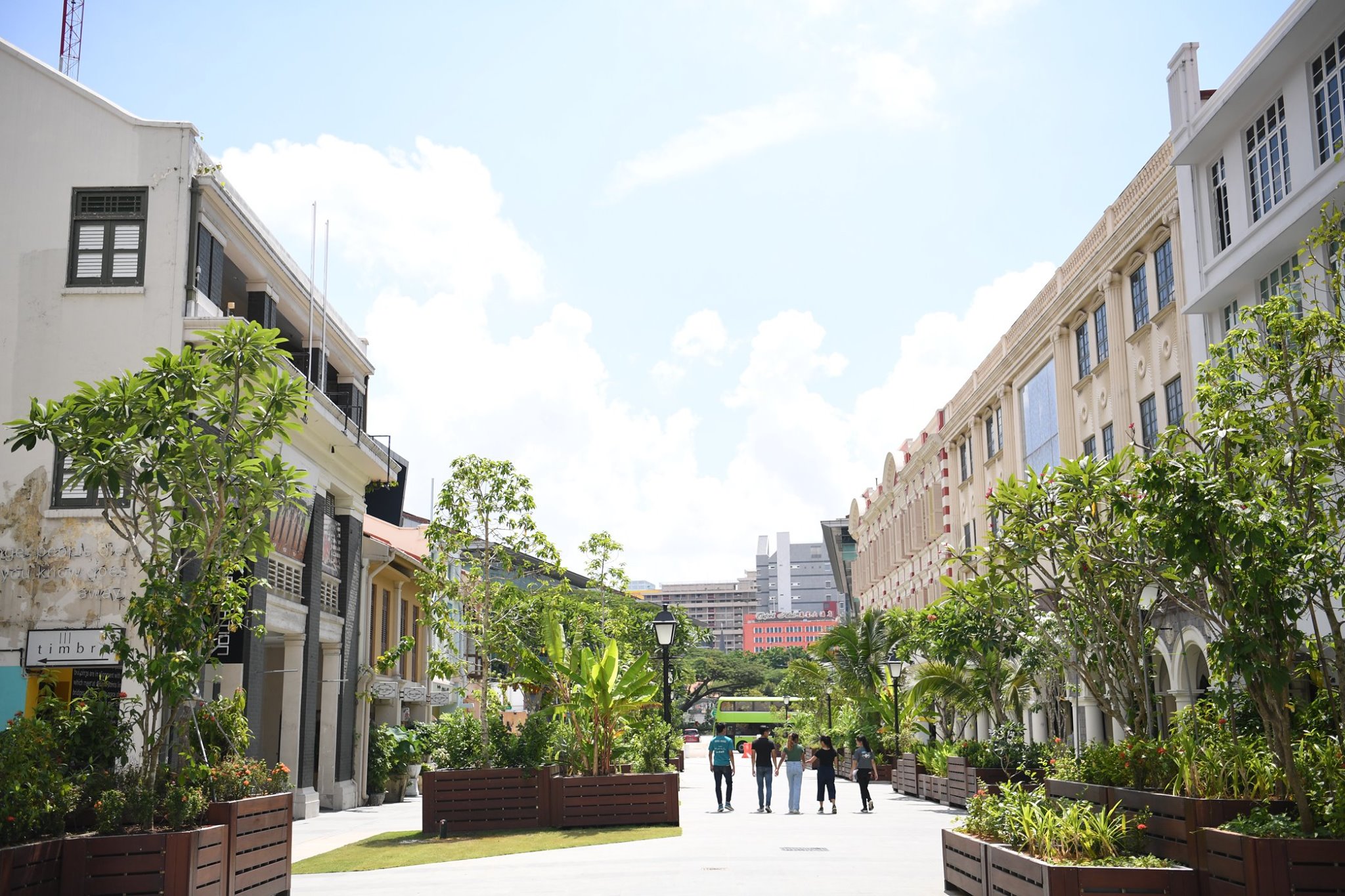 |
| Armenian Street Park - This park connects Fort Canning Park, Bras Basah, Bugis, and the Civic District to form an arts, cultural and heritage precinct. It showcases plants in mobile planter boxes that represent Peranakan food and culture. These include jasmine, champaca, the Chinese rose and the fingered citron. The street park also features sculptures and buildings related to the Armenian community such as the Vanda Miss Joaqium Sculpture. Contributed by the Armenian Community and designed by the Armenian sculptor Artush Papoyan, the sculpture was unveiled in 2019 by Armenian Prime Minister Nikol Pashinyan to commemorate Vanda Miss Joaqium, the national flower of Singapore. (Image Credit: Photo by NParks via NParks Facebook) |
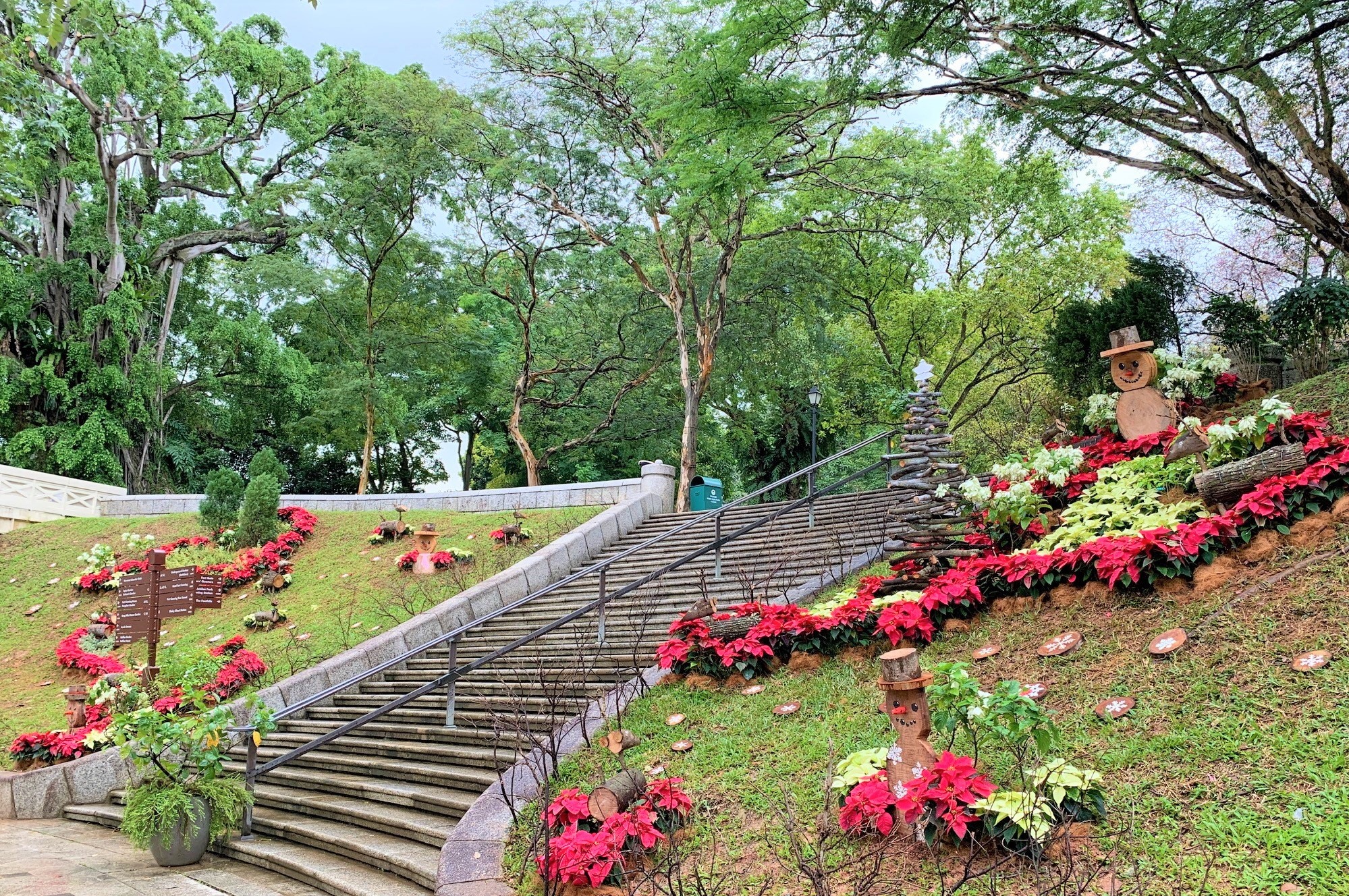 |
| Jubilee Park - Sited within the park at the junction of River Valley Road and Clemenceau Avenue, Jubilee Park features play areas for children, cafes and an outdoor theatre space and an event lawn for art installations, artists markets and performances. The area was previously called “King George the Fifth Jubilee Park” or “King George V Park” during the colonial period. It was named this way to mark the 1935 silver jubilee of King George the Fifth and Queen Mary. (Image Credit: Photo by NParks via NParks Facebook) |
Virtual Tour of the Nine Gardens
Embark on this virtual tour with NParks to learn more about the nine gardens of Fort Canning Park.

